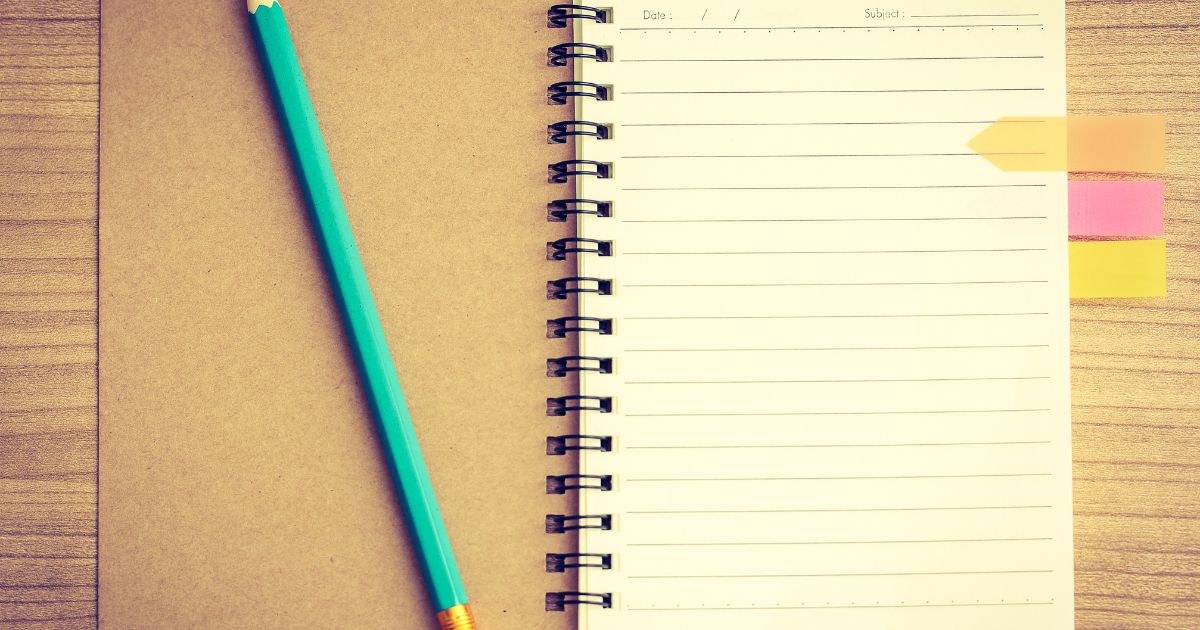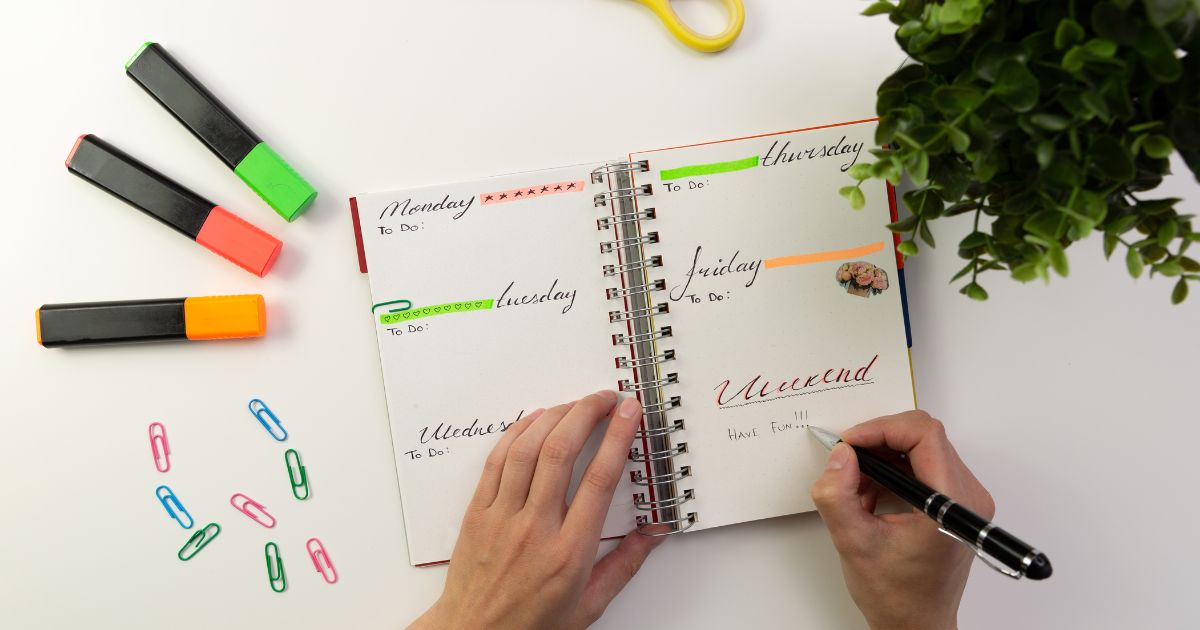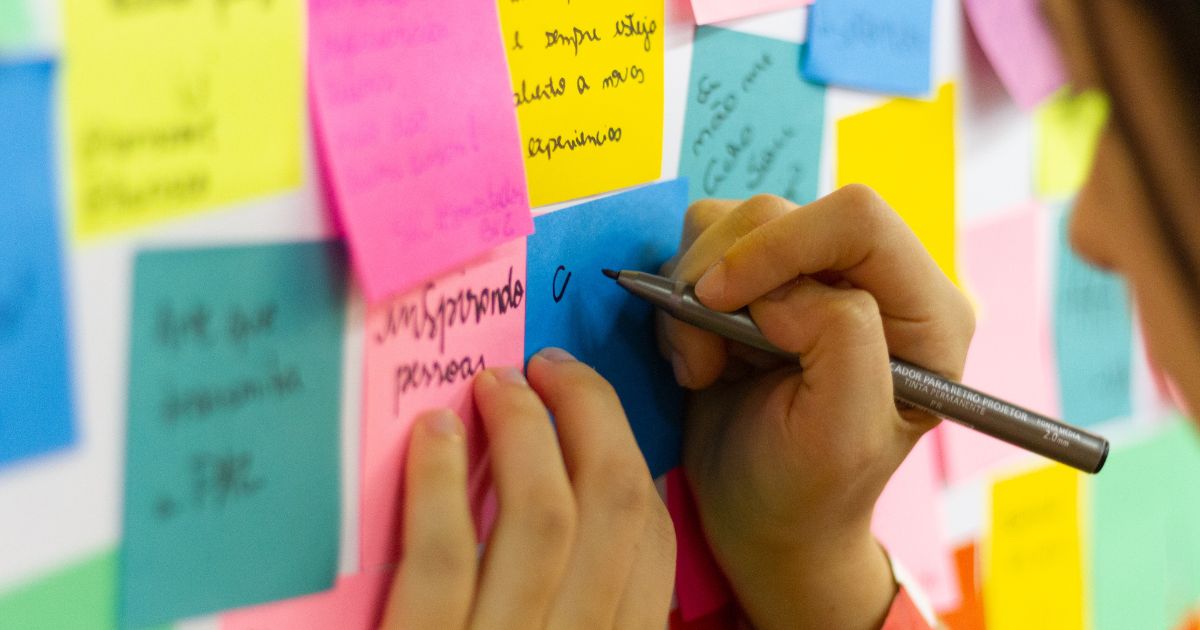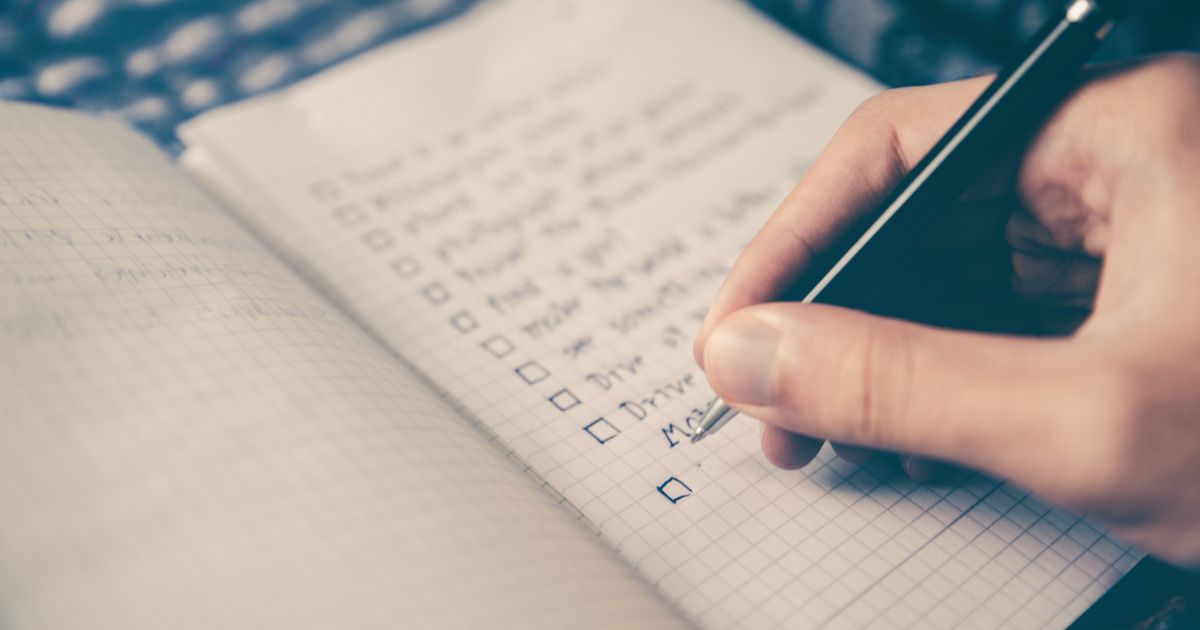Paragraphs are more than just breaks in the text—they are the building blocks of your argument. When used strategically, they make your writing clearer, more persuasive, and easier to follow. In essay writing, especially for academic and competitive contexts, understanding how to structure and use paragraphs intentionally can elevate the quality of your work and help you express your ideas with maximum impact. This article will show you how to craft and organize paragraphs that strengthen your essay and guide the reader through your reasoning.
1. Understand the Function of a Paragraph
Each paragraph should serve a specific function in your essay. A well-written paragraph introduces a single idea, supports it with explanation and evidence, and connects it to the broader thesis.
Basic Paragraph Functions:
- Introduction Paragraph: Presents the topic and thesis
- Body Paragraphs: Develop the main points with arguments, examples, and analysis
- Conclusion Paragraph: Synthesizes ideas and reinforces the central message
Poor paragraph use (such as packing too many ideas into one or dividing thoughts arbitrarily) leads to confusion and weakens the logical flow of your writing.
2. Stick to One Main Idea per Paragraph
Clarity starts with focus. Each paragraph should revolve around one central idea, expressed clearly in the topic sentence.
Example:
Topic Sentence:
One major factor contributing to educational inequality is the lack of access to qualified teachers in rural areas.
Everything that follows should elaborate on this idea—through explanation, examples, or data.
Avoid:
- Jumping between unrelated arguments
- Repeating the same idea across multiple paragraphs
- Including unsupported claims
3. Use the PEEL Structure for Each Body Paragraph
A strategic method for writing effective paragraphs is the PEEL technique:
- Point: Introduce the main idea (topic sentence)
- Explain: Elaborate and clarify the point
- Evidence: Provide examples, data, or facts
- Link: Connect the paragraph to your thesis or transition to the next idea
Example Using PEEL:
Point:
Public transport can reduce urban pollution.
Explain:
Cars are one of the largest contributors to air pollution in cities.
Evidence:
A study by the World Health Organization found that urban areas with efficient public transport systems have 40% lower emission rates.
Link:
Thus, investing in public transportation is a key strategy for sustainable urban development.
Using PEEL not only ensures structure but helps you develop ideas in a logical and persuasive way.
4. Use Paragraph Transitions to Guide the Reader
A fluent essay is one where each paragraph naturally leads to the next. Use transition phrases to signal changes in idea, contrast, or development.
Transition Examples:
- To add: Furthermore, In addition, Moreover
- To contrast: However, On the other hand, Despite this
- To give examples: For instance, Such as, As shown by
- To conclude or summarize: Therefore, In conclusion, Ultimately
These transitions act like signposts, guiding the reader through your argument step by step.
5. Vary Paragraph Length Intentionally
While paragraphs in essays are generally 5–8 lines long, there’s no fixed rule. What matters is that the length matches the function.
Guidelines:
- Use longer paragraphs for complex ideas that require detailed explanation or multiple examples
- Use shorter paragraphs to create emphasis, especially in introductions or conclusions
- Avoid giant “wall of text” paragraphs—these overwhelm the reader and dilute your message
Tip: When in doubt, break long paragraphs into two related but distinct thoughts.
6. Write a Strong Introduction Paragraph
Your introduction sets the tone for the entire essay and prepares the reader for what’s to come.
Include:
- A hook or attention-grabbing sentence
- A brief contextualization of the topic
- A clear thesis statement that outlines your position
Example:
In the digital age, information spreads faster than ever—but not always accurately. The rise of fake news has become a global concern, threatening democracy and public trust. This essay will explore the causes of misinformation and propose solutions to combat it.
Avoid starting with overly general or vague statements like “Since the beginning of time…” Be relevant and focused.
7. Develop Body Paragraphs with Progression
Each body paragraph should build upon the last, creating a sense of progression in your argument.
Strategy:
- Start with your strongest point
- Follow with supporting arguments
- Include a counterargument and rebuttal (if appropriate) in the final body paragraph
This structure shows depth, balance, and critical thinking—qualities highly valued in essays.
8. Conclude with Purpose
Your conclusion should do more than summarize. It should reinforce your thesis and leave a lasting impression.
Strong Conclusion Paragraph Should:
- Restate the thesis (in different words)
- Highlight key arguments
- End with a reflection, recommendation, or broader implication
Example:
In conclusion, educational inequality remains one of society’s greatest challenges. Addressing it requires not only government investment but also a cultural shift toward valuing inclusive learning. Only through such efforts can true progress be achieved.
Avoid introducing new arguments in the conclusion—save them for the body.
Final Thought: Paragraphs Are Strategy in Action
Great essays don’t just present ideas—they guide the reader through a clear and logical path. Strategic paragraphing helps you do just that. When you give each idea the space it deserves, and organize your content with purpose, your writing becomes more professional, persuasive, and powerful.










